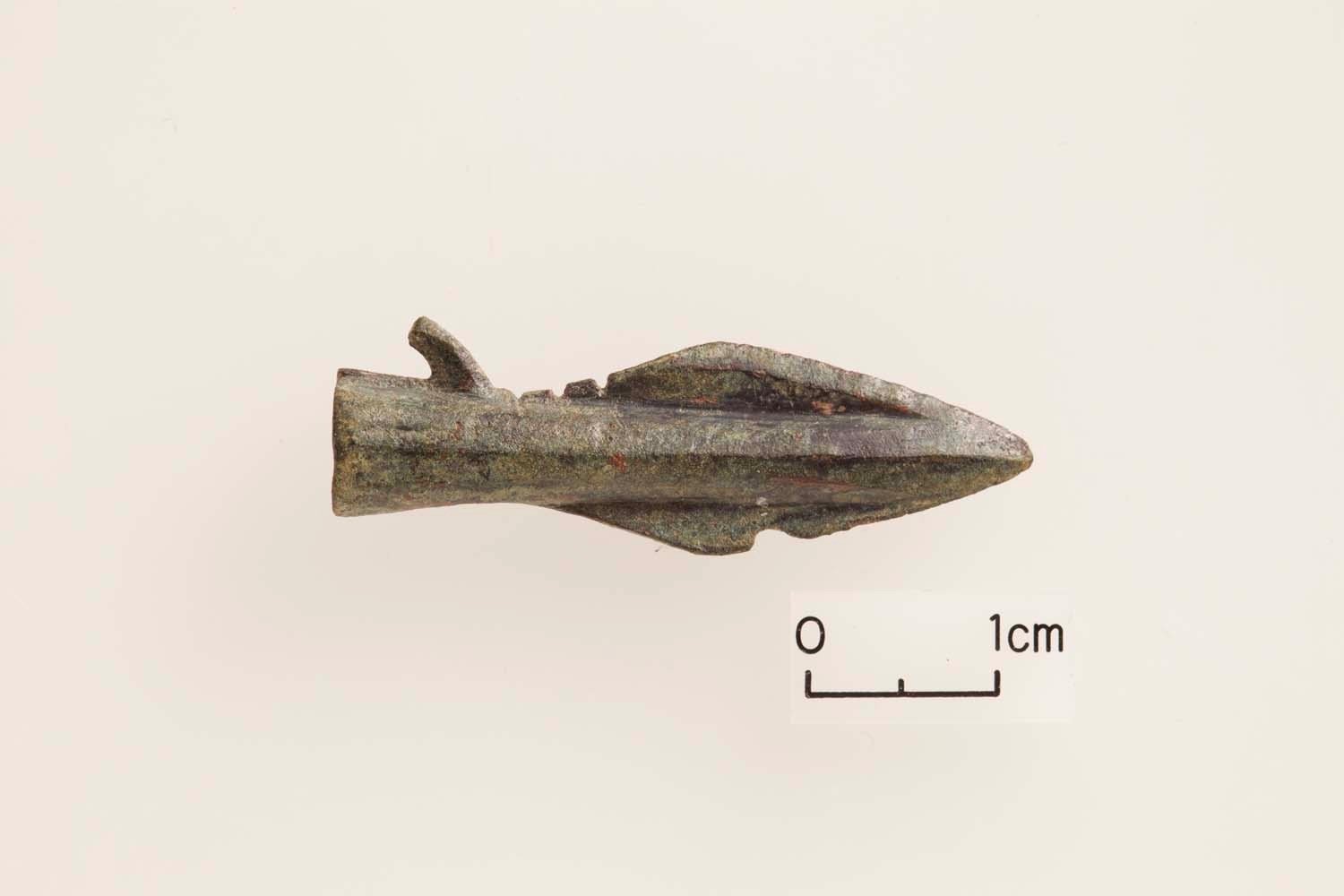© Turkuvaz Haberleşme ve Yayıncılık 2025
Recent excavation works led by a Japanese archaeologist in Türkiye's central Kırıkkale province have revealed new findings indicating that Büklükale village was the first settlement of the Cimmerians, an ancient equestrian nomadic people, in Anatolia.
The excavation works, initiated by the Ministry of Culture and Tourism in 2009, have been ongoing for 14 years at Büklükale, located in the Karakeçili district of Kırıkkale. Comprising two archaeological sites known as the "lower city" and the "upper city," Büklükale is now bringing thousands of years of history to light under the direction of Japanese archaeologist Kimiyoshi Matsumura.
Thanks to the famous comic book hero "Conan the Barbarian," the name of the Cimmerian people is popular in various fields beyond the realm of archaeology. It is believed that Büklükale served as their first settlement in Anatolia. The discovered artifacts shed light on the Cimmerians and reveal evidence of warfare within the constructed fortress. Notably, an image of a person on horseback, an animal motif from the Scythian period, and arrowheads believed to date back to the Cimmerian era, which were used in battles, draw attention.
Situated at the narrowest part of Türkiye's longest river, the Kızılırmak River, the city is presumed to have been inhabited from the Early Bronze Age to the Ottoman period, serving as a natural bridge throughout history at the crossroads between east and west. Next to Büklükale is the Çeşnigir Bridge, built during the Seljuk period.
During an interview with Ihlas News Agency (IHA), Kimiyoshi Matsumura said they have determined multiple civilizations in Büklükale.
Matsumura explained they found a fortress associated with the Cimmerians during the excavation in the region.
"On the top layer, we found remnants from the Ottoman period. Below that, we discovered artifacts from the Hellenistic period, the time of Alexander the Great's arrival. Beneath that, we identified architectural remains. Before that, we found traces of the Lydians. Below that, we found the fortress constructed by the Cimmerians, which is what we were aiming for. And beneath that, we discovered settlements dating back to 2,000 B.C. in the Hittite period. Currently, we have reached that level," he said.
Matsumura also mentioned that they had found arrowheads used in warfare during the excavation works.

"Excavations are still ongoing, but, interestingly, we have uncovered nearly seven arrowheads from the fortress. Among them, we found some that were bent. This indicates that there was a battle here, and arrows were shot, resulting in the bending of the arrowheads. This suggests that during that period, most likely during the time of the Cimmerians or the subsequent era, a war took place here," he elaborated.
Matsumura emphasized the arrival of the Cimmerians in Anatolia was mentioned in the book of Herodotus, known as the "father of history."
"Within this fortress, we found animal motif materials belonging to the Scythians. Additionally, we discovered a small figurine of a person riding a horse, which we believe is likely associated with the Cimmerians. Hopefully, we have identified their first settlement or fortress in Anatolia. In this year's excavations outside the city walls, we also determined that a significant fortress was constructed. It will be fascinating. There is no information about what they did in Anatolia," he added.
Matsumura highlighted they will shed light on the historical position of the Cimmerians through future excavation works.
